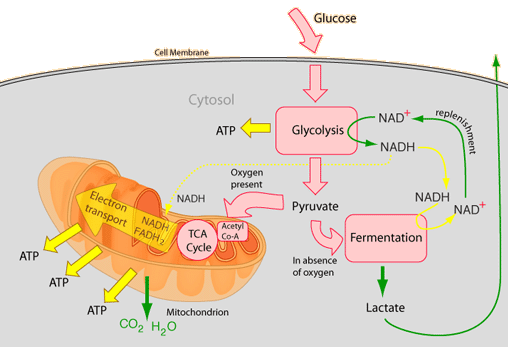.jpg)
I have been listening to some of the old episodes of the EMS EduCast. There has been a bit of discussion of note taking, even criticism of the inadequate methods of taking notes.
Why are you in a class room?
To learn.
How do you learn?
The purpose of the class is to have an understanding of the material. Writing, while the teacher is talking, does not help me to understand the point the teacher is trying to make. Note taking is to help reinforce later, what was learned in the class room.
Too many times I have had questions from students, who copied down what was said, but had absolutely no idea what it meant, because they were busy writing, rather than listening.
If I am talking to someone, and the person is sitting there writing, should I assume that the person is listening to me?
If I am talking to a boss, and the person is sitting there writing, should I assume that the boss is paying close attention to what I am saying, because what I am saying is so important that he/she needs to write it down?
No. I would assume that the boss, writing something down, is doing something else. Writing and listening are not all that compatible.
Note taking should probably only take place after the concept is understood.
Note taking is to reinforce understanding.
Note taking is not a substitute for understanding.
If we spend a lot of time on note taking, are we making sure that they understand, first? Too often, we do not, in my opinion.
.
































